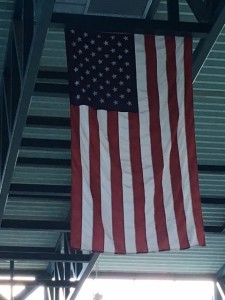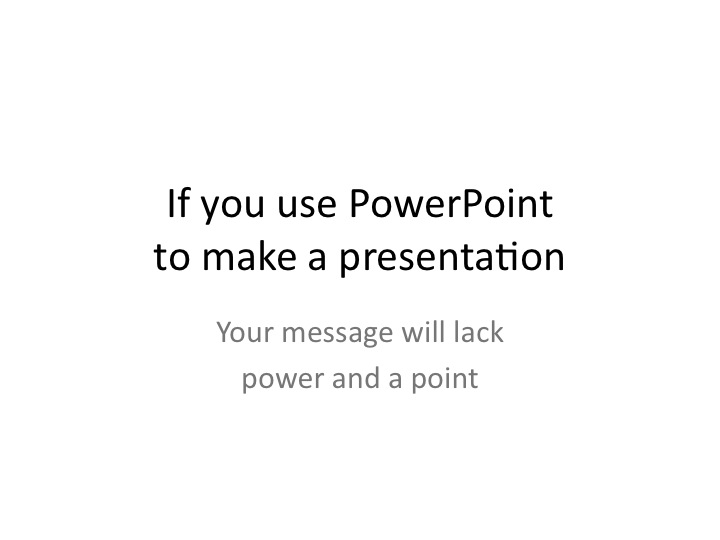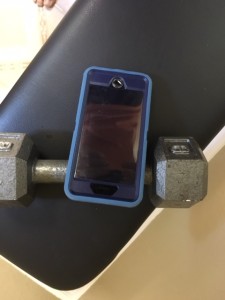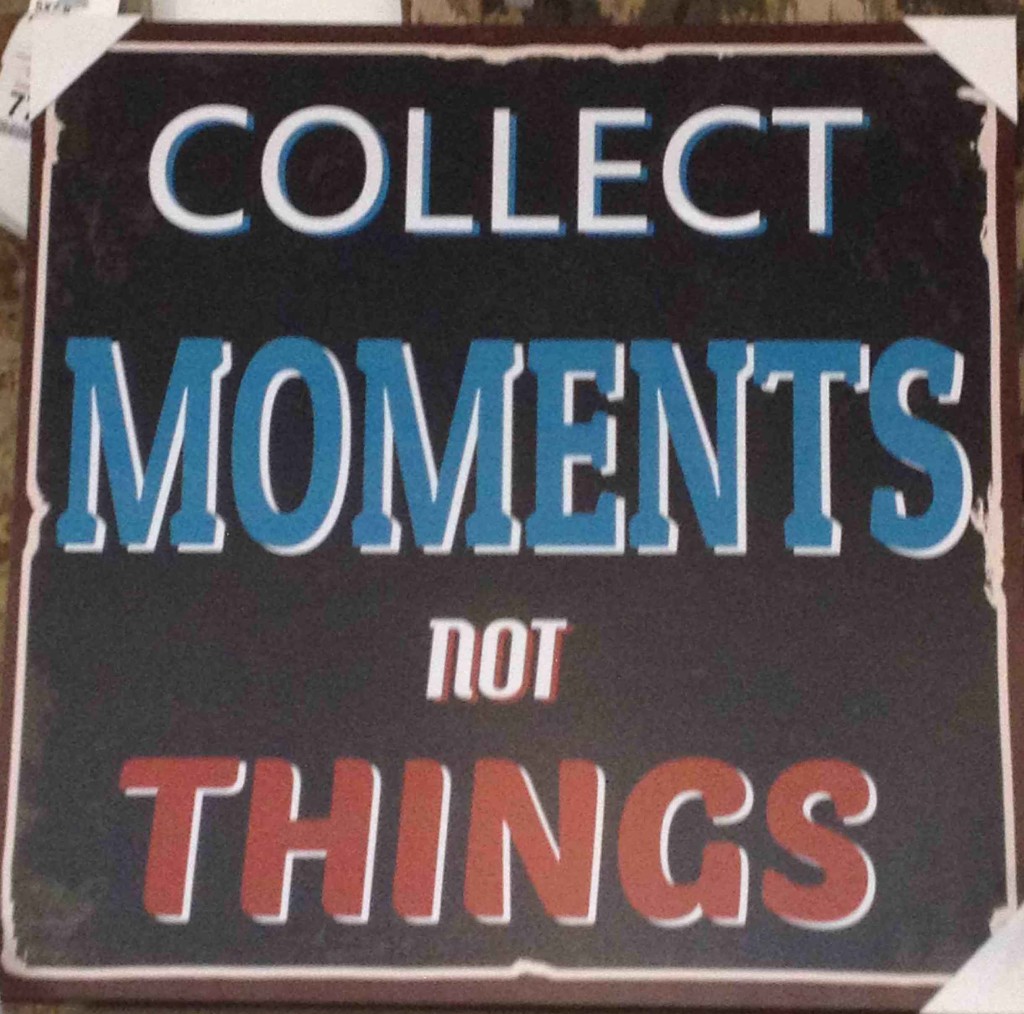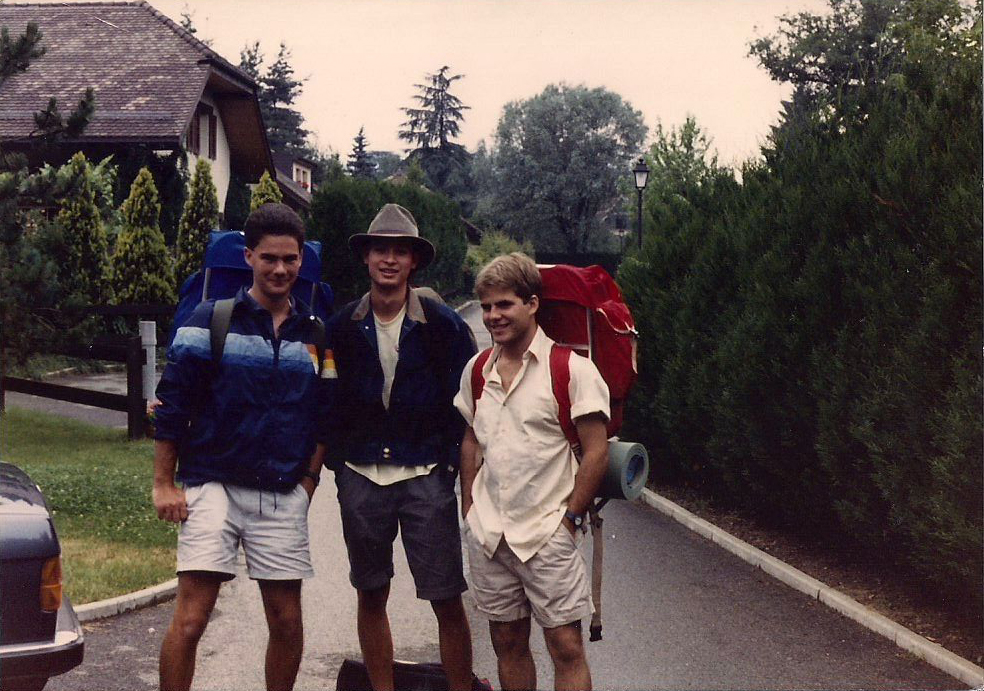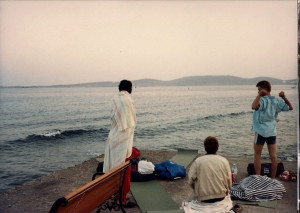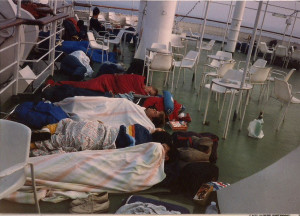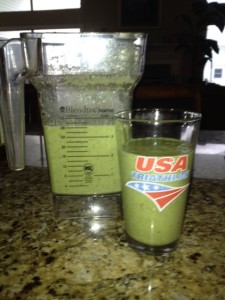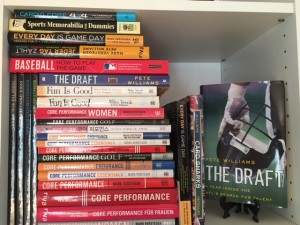 Chipotle Mexican Grill has had a tough 12 months. There were scattered outbreaks of e.coli, salmonella and norovirus. The rapidly-expanding Chipotle, founded in Denver by Steve Ells, in 1993, saw its white-hot stock drop nearly 50 percent.
Chipotle Mexican Grill has had a tough 12 months. There were scattered outbreaks of e.coli, salmonella and norovirus. The rapidly-expanding Chipotle, founded in Denver by Steve Ells, in 1993, saw its white-hot stock drop nearly 50 percent.
Some customers never returned. Some people never liked Chipotle previously, but I’ve remained a big fan. I dropped 20 pounds about five years ago, going from 177 to 157 – and while there are multiple reasons (training, green smoothies, and writing Core Performance fitness books with Mark Verstegen), the common thread has been eating roughly three times a week at Chipotle.
In July, in an attempt to bring back customers, Chipotle launched its “Chiptopia” summer rewards program. You earn a point for each visit, per month. Visit four times, get a free burrito. Visit three more that month, get a second free burrito. Visit another two times and get a third free burrito. At this point, you’ve reached “hot” status. Reach that level for July, August, and September and earn catering for 20 — a $240 value.
The catch is that it’s one point per visit. So you can’t place a massive office takeout order and collect 12 points at once.
Using a typical $9 burrito for math purposes, that’s nine free burritos ($81) and $240 in catering for a total of $321. Subtract the cost of 27 burritos ($243, ordering only a water cup) and you come out $78 ahead. So you can pretty much eat for free.
 This assumes, of course, that you have use for Chipotle catering for 20. The promotion ends at the end of September and I have an October birthday. Looks like there’s food for the party!
This assumes, of course, that you have use for Chipotle catering for 20. The promotion ends at the end of September and I have an October birthday. Looks like there’s food for the party!
Not only that, but when I have a free burrito coming, I load up on double meat (chicken plus either carnitas or steak). That’s a $2 value x the nine free burritos, but I don’t count that $18 in the equation. Besides, I always order half chicken, half carnitas or steak since that tends to equate to double meat for standard price anyway.
Chipotle has its detractors, to be sure. The food is salty and the taste isn’t for everyone. Plus, you’re not going to lose weight or lean out eating at Chipotle if you do not train and/or consume certain Chipotle ingredients.
Here’s how – and why – it works for me:
CONVENIENCE: The biggest misnomer about Chipotle is that it was founded or once a subsidiary of McDonald’s. Not true. Ells did take a massive infusion of McDonald’s cash in the early days to fund Chipotle’s meteoric growth, but retained control and didn’t allow McDonald’s to influence his vision. When Chipotle went public in 2006, McDonald’s cashed out and walked away.
But Chipotle is like McDonald’s when it comes to fast service. The only difference is that Chipotle is actually healthy food. Morgan Spurlock famously ate at McDonald’s every day for one month and nearly died. I eat at Chipotle a dozen times every month and have gotten into the best shape of my life.
I’m not alone. Chipotle is often packed – the crowds have returned in recent months – and the funny thing is that people who eat there tend to be in better shape than the general public. Heck, the stereotype of the chubby, donut-eating cop is disappearing in part because of Chipotle’s half-off policy for law enforcement personnel.
I’ve had many business lunches at Chipotle. Even with the lines, it’s possible to get in and our far quicker than at a sit-down restaurant.
Eating healthy on the road is always a challenge but it’s increasingly easy to find a Chipotle nearby. Now that Ells is expanding his Shophouse Southeast Asian Kitchen concept, an Asian-themed restaurant modeled after the Chipotle formula (with 15 locations, thus far only in DC, LA and Chicago), it will get easier.
 COST/VALUE: Chipotle isn’t inexpensive. But it’s a great value. A burrito with water from the soda fountain costs roughly $9. You’re getting nutrient-dense food mostly free of antibiotics and hormones. Eating right is a little more expensive, but always worth it.
COST/VALUE: Chipotle isn’t inexpensive. But it’s a great value. A burrito with water from the soda fountain costs roughly $9. You’re getting nutrient-dense food mostly free of antibiotics and hormones. Eating right is a little more expensive, but always worth it.
STRATEGIC ORDERING: You are what you put in the shopping cart. A person’s physical appearance is usually a reflection of what’s in their cart at the grocery store. I’ve noticed the same phenomenon watching people at Chipotle, where it’s easy to load up on too many calories.
Here’s my usual order: burrito bowl with one scoop of brown rice, fajita peppers, black beans, half chicken and half carnitas, mild and medium salsas, guacamole and lettuce. Sometimes I substitute hot salsa for medium. Sometimes I’ll go with no meat. Sometimes I just order a bowl of chicken.
Here’s what I don’t order: tortilla (290 calories and 44 grams of empty carbs), white rice, pinto beans, steak, barbacoa, corn salsa, or dairy products (cheese, sour cream).
My typical burrito, according to ChipotleCalorieCalculator.com, weighs in at 650 calories, with 46 grams of protein and 66 grams of carbs. That’s relatively modest, certainly right for a 157-pound endurance athlete.
Were I to put the same burrito on a tortilla with cheese and sour cream, however, I would end up with an 1,160-calorie, foil-wrapped, 112-carb bomb with a whopping 2,710 mg of sodium – more than the 2,300 mg daily allowance recommended by the U.S. Health and Human Services.
My burrito has 1,920 mg of sodium, still a concern but at least lower.
Why no dairy? No matter how much you emphasize light cheese or a little sour cream at Chipotle, they’ll give you too much. Plus, I gave up dairy (other than whey protein) several years ago. Jack LaLanne never consumed dairy, stressing that humans are the only species to consume milk (let alone from another species) beyond the suckling stage. Jack still was doing badass athletic things when he died in 2011 at the age of 96, so he has some credibility there.
Ordering half chicken and half carnitas is for variety but also because you tend to get a little more meat than ordering just one.
You’d think more restaurants would take a food-with-integrity cue from Chipotle, which gets its meats from family farms as opposed to scary factory operations. Taco Bell officials recently started talking smack about how they will introduce a similar menu. That’s unlikely to make a difference since the 3 a.m. drive-thru crowd doesn’t place a premium on whether its munchies come from sustainable sources. Nor is Taco Bell likely to provide it.
I keep thinking I’ll get sick of Chipotle, which despite its few ingredients has thousands of combinations. Hopefully I won’t have to wait too long for a Shophouse to come to Tampa Bay.
In the meantime, I’ll keep living in Chiptopia and collecting my free catering in October.

